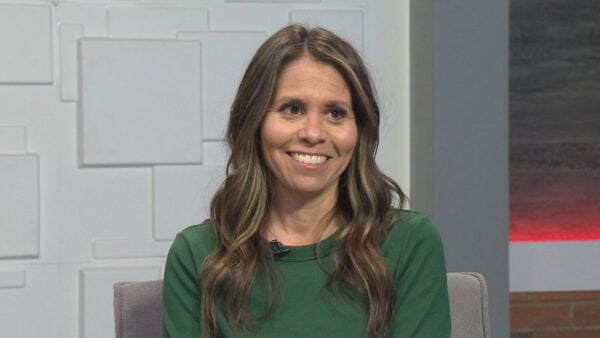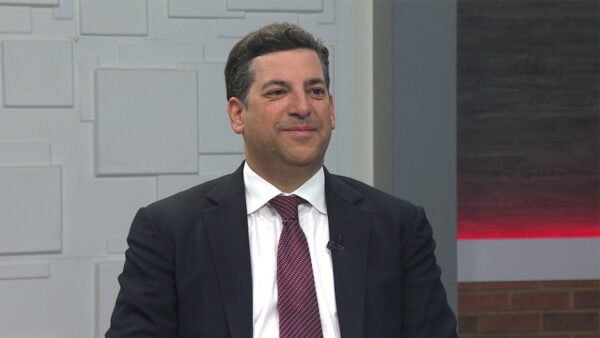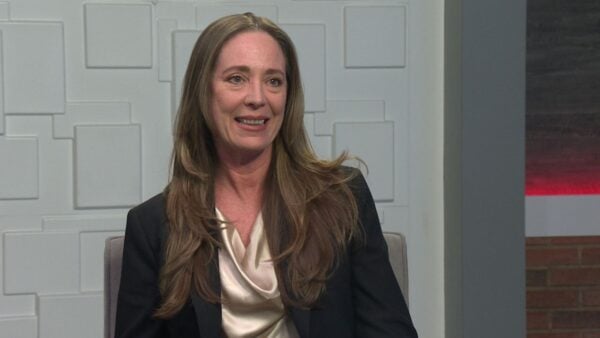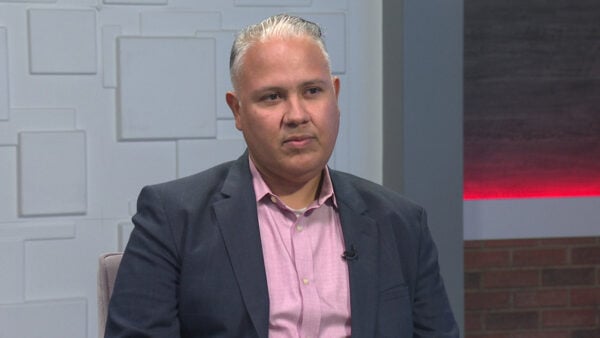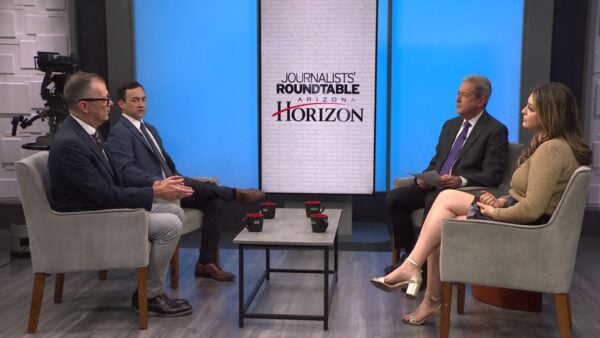Maricopa COVID-19 survey: How many residents were infected?
Nov. 18, 2020
The Maricopa County Department of Public Health collaborated with the Mayo Clinic and ASU on a COVID-19 survey. Called the serosurvey project, teams went out to random neighborhoods to test residents for COVID-19 antibodies.
We discussed the project with Dr. Erin Kaleta, the Director of Infectious Disease Serology at the Mayo Clinic.
“We wanted to get a snapshot of the Phoenix area and see how many residents within…the Maricopa County community that had been previously infected with COVID,” said Kaleta.
The information is used to project how many infections actually occurred, including those who may not have sought care.
It also helps to see which neighborhoods were targeted and why they were targeted, said Kaleta.
According to these projections, 11 % of Maricopa County have come into contact with the virus and that excludes many cases that were not reported.
The full projection says nearly 25% of people within Maricopa County likely came into contact with the virus, including many who did not report their cases.
Another survey find is, “household transmission is much higher than community transmission. So, if we tested multiple people in the same house, they were much more likely to be positive than in the in the community around them,” said Kaleta.
The number of cases that we have right now is increasing at a similar rate as what we had in July.
Some individuals are suggesting “herd immunity” which would mean many people would need to be infected in order to become immune and reduce the spread.
According to Kaleta, this is a dangerous way of doing things. The fatality rate would increase and the hospitals would be overwhelmed.
Approximately 60%-80% of people would need to to be infected for actual herd immunity.
Kaleta said they encourage everyone to continue to social distance and, “it’s much safer to go for herd immunity by vaccination.”
Even though many can feel social-distance fatigue, it is important to maintain the practices of mask wearing and maintaining a distance, said Kaleta.
Her hope for this survey is, “that our community has a better understanding of how many people have been infected and know that there’s still a large number of people that are.”
And with that, the community will keep themselves and others safe.









